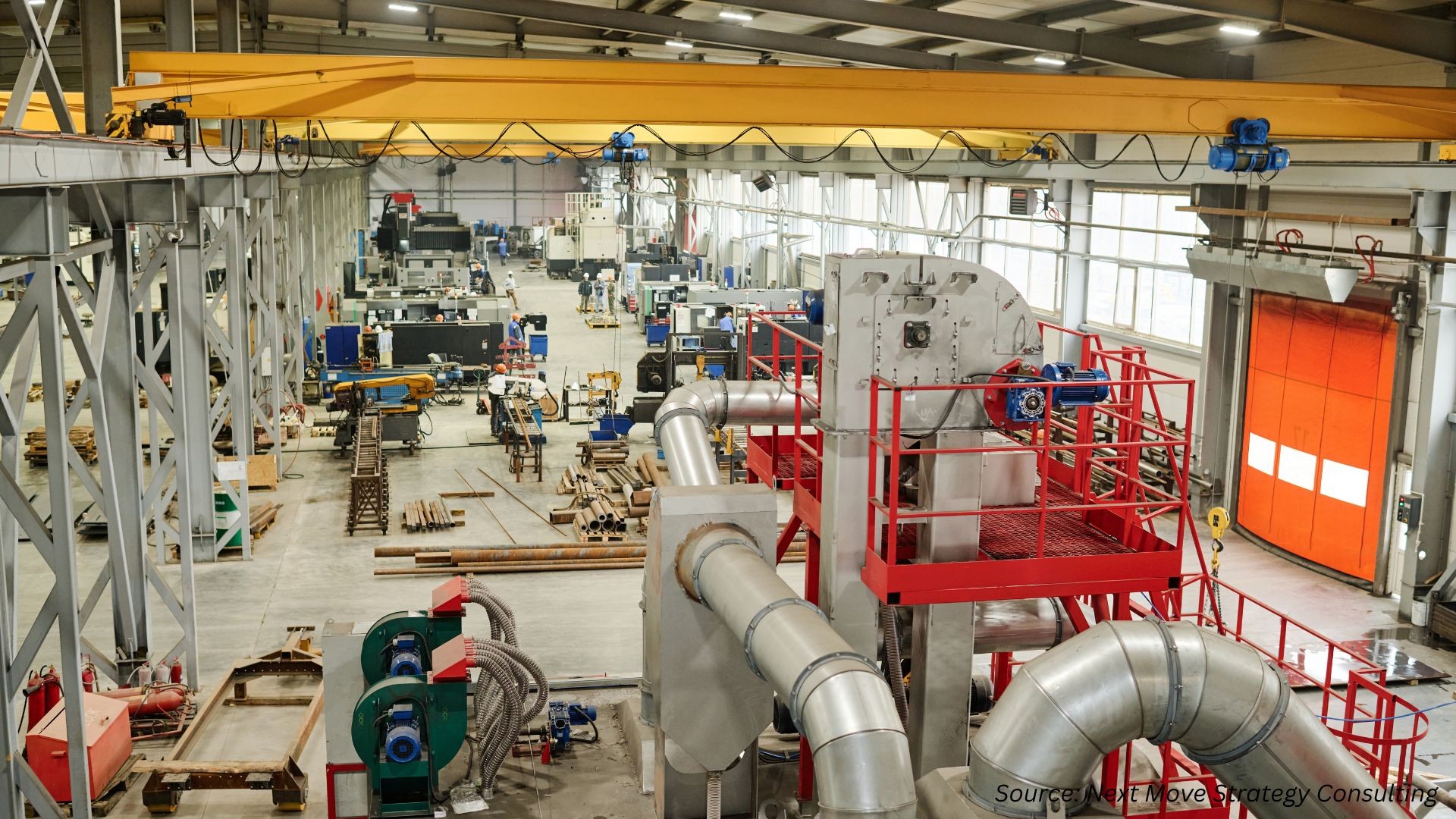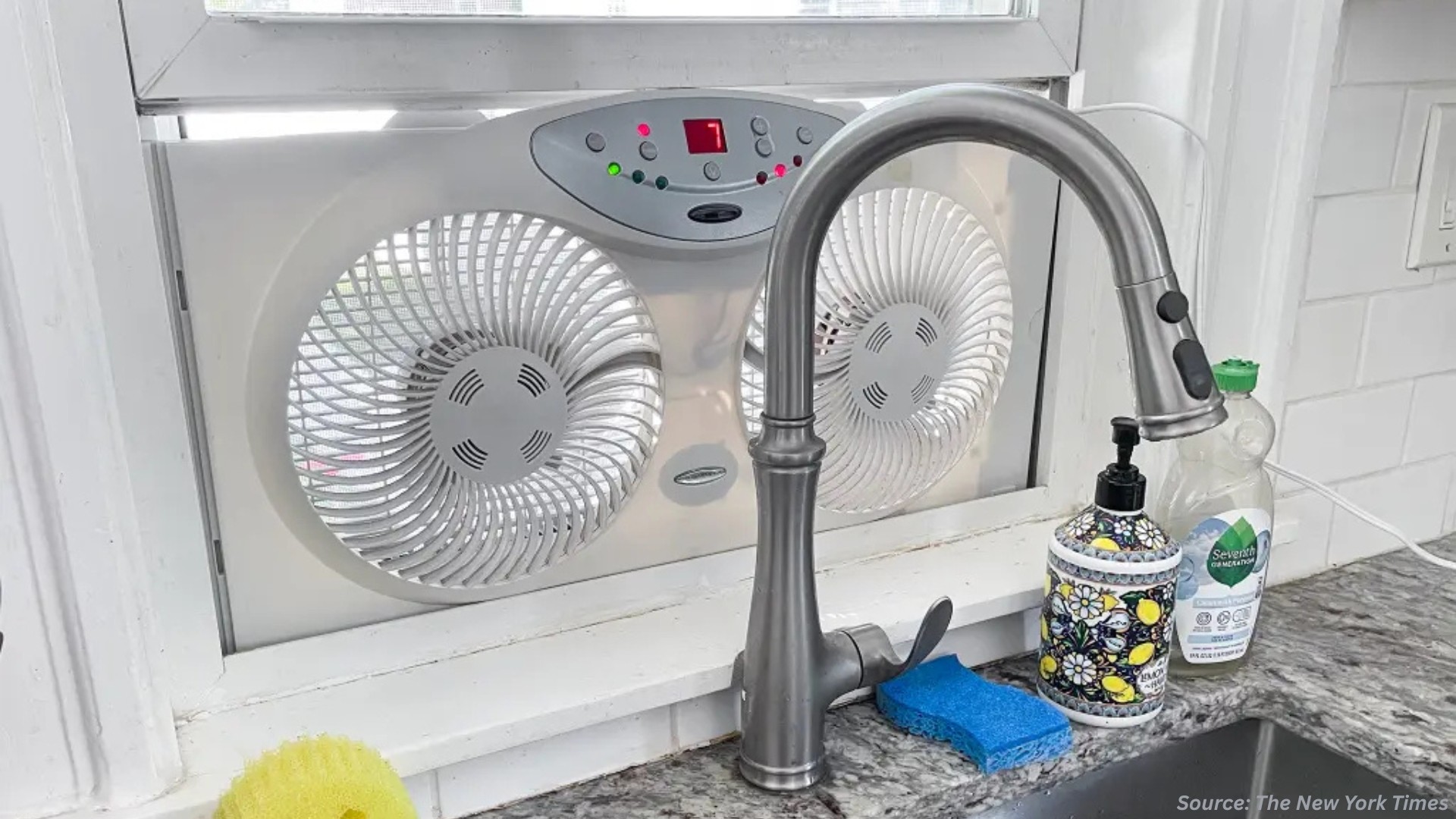Heat Exchangers Market is expected to reach USD 30.8 billion by 2030
Published: 2025-01-16
The growing industrialization & urbanization across the globe and stringent government regulations regarding energy efficiency are driving the growth of the heat exchangers market.
The Heat Exchangers Market size was valued at USD 18.5 billion in 2023, and is predicted to reach USD 30.8 billion by 2030, with a CAGR of 6.9% from 2024 to 2030.
A heat exchanger is a device used to transfer heat from one fluid (liquid or gas) to another without the fluids directly contacting each other.
These devices are commonly used in various industries and applications to efficiently heat or cool fluids or air, such as in heating, ventilation, air conditioning (HVAC) systems, refrigeration units, and industrial processes.
Heat exchangers work by allowing heat to pass through a barrier, such as a solid wall or a series of plates or tubes, facilitating the transfer of thermal energy between the fluids.
The rapid growth of industrialization and urbanization worldwide is fueling demand for heat exchangers. With expanding manufacturing, energy, and construction sectors, there's an increasing need for efficient heat exchange solutions.
Sectors like power generation, where heat exchangers are crucial for steam generation and turbine cooling, are experiencing significant growth due to rising energy demands.
Additionally, the surge in construction projects, driven by the rise of the global middle class and increasing urbanization is driving higher demand for HVAC systems in both commercial and residential buildings, further boosting the need for heat exchangers in air conditioning and refrigeration applications.
Moreover, the increase in government regulations to enhance energy efficiency and curb emissions is driven by a growing recognition of the environmental impact of industrial activities.
Governments and regulatory bodies globally are enacting stringent standards such as India's Energy Conservation Act and the U.S.’s Energy Policy Act to address climate change and promote sustainability.
Consequently, industries are increasingly adopting heat exchangers to optimize energy usage and minimize their carbon footprint.
However, high initial costs and continuous maintenance expenses are significant barriers to the expansion of the heat exchanger market.
The substantial investment needed for purchasing and installing heat exchangers, especially in large-scale industrial settings, deters companies, particularly those with limited financial resources, from embracing this technology.
On the contrary, incorporating advanced materials such as graphene and advanced ceramics marks a notable advancement in heat exchanger technology.
These materials boast exceptional traits such as high thermal conductivity and corrosion resistance, offering substantial potential for enhancing efficiency, durability, and overall performance in diverse industries including HVACR, automotive, aerospace, and renewable energy.
Leveraging these unique properties, heat exchangers can facilitate more efficient heat transfer and withstand challenging operating conditions, thereby enhancing reliability and extending lifespan.
Moreover, the adoption of advanced materials reduces energy consumption and increases service life by approximately 5 to 10 years, yielding significant benefits in operational efficiency and sustainability across various sectors.
Additionally, the rise of Industry 4.0, characterized by automation, data exchange, and digital technologies in manufacturing processes, presents further opportunities for advancing heat exchanger technology.
Through enhanced monitoring, control, and optimization enabled by Industry 4.0 technologies, heat exchangers can achieve heightened efficiency and productivity.
Request for a Sample PDF on the Heat Exchangers Market
According to the report, the top players operating in the heat exchangers market include Alfa Laval AB, Johnson Controls International plc, Carrier Global Corporation, Lennox International Inc., Trane Technologies plc, API Heat Transfer Inc., Kelvion Holding GmbH, Xylem Inc., Danfoss Group, and General Electric Company among others.
For instance, in May 2023, Xylem launched a new series of High-Efficiency Gasketed Plate and Frame Heat Exchangers (GPX) with enhanced "X" plate technology.
This advancement improves heat transfer efficiency by up to 20% while simultaneously reducing surface area by up to 20% and minimizing material usage by up to 15%.
Key Insights from the Construction Market Report:
-
The information related to key drivers, restraints, and opportunities and their impact on the heat exchangers market is provided in the report.
-
The value chain analysis in the market study provides a clear picture of the roles of each stakeholder.
-
The market share of the players in the global heat exchangers market along with their competitive analysis are provided in the report.
















Add Comment